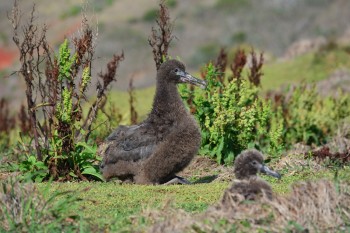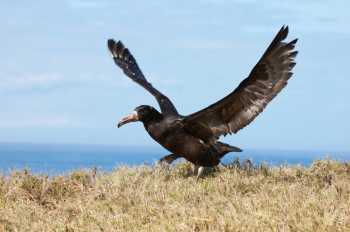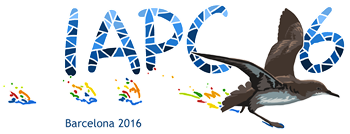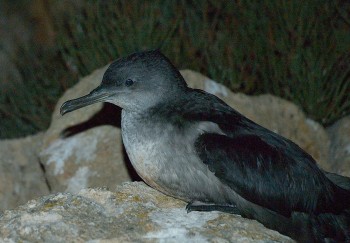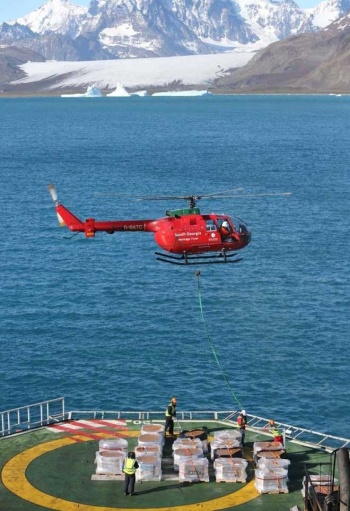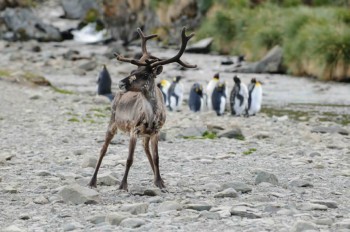Juan Martínez-Gómez (Instituto de Ecología, Xalapa, Veracruz, Mexico) and colleagues have published in the Journal of Ornithology on the taxonomic status of the closely related Newell’s Puffinus newelli and Townsend’s P. auricularis Shearwaters.
The paper’s abstract follows:
“Townsend’s Shearwater (Puffinus auricularis auricularis) is a highly threatened bird and currently breeds on Socorro and Clarión Islands, México. This subspecies has minor differences in plumage patterns when compared to Newell’s Shearwater of Hawaii (USA) (Puffinus auricularis newelli). These two forms are recognized as subspecies by the American Ornithologist’s Union. However, some authors consider them as distinct species based on subtle plumage differences and different breeding chronologies. We used Bayesian and Maximum Likelihood methods to compare the cytochrome b and cytochrome oxidase I sequences from Townsend’s Shearwaters with archived mitochondrial sequences from other taxa in the genus Puffinus. Townsend’s and Newell’s Shearwaters show little genetic differentiation; hence, there is no justification to consider them as different species. Additionally, differences in morphology and ecology might be the result of founder effects and phenotypic plasticity; proven migratory potential provides support to the current taxonomic assessment that considers these birds as conspecifics. We recommend the continued treatment of Townsend’s and Newell’s Shearwaters as two subspecies of P. auricularis. We also advocate treating the Rapa Shearwater (P. myrtae) as a distinct species.”
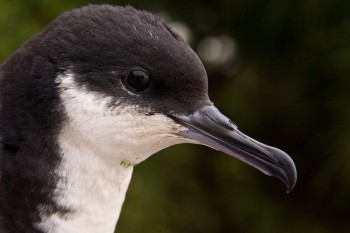
Newell's Shearwater, Photograph by Eric Vanderwerf
Reference:
Martínez-Gómez, J.E., Matías-Ferrer. N., Sehgal, R.N.M. & Escalante, P. 2015. Phylogenetic placement of the critically endangered Townsend’s Shearwater (Puffinus auricularis auricularis): evidence for its conspecific status with Newell’s Shearwater (Puffinus a. newelli) and a mismatch between genetic and phenotypic differentiation. Journal of Ornithology DOI 10.1007/s10336-015-1189-2.
John Cooper, ACAP Information Officer, 28 March 2015

 English
English  Français
Français  Español
Español 